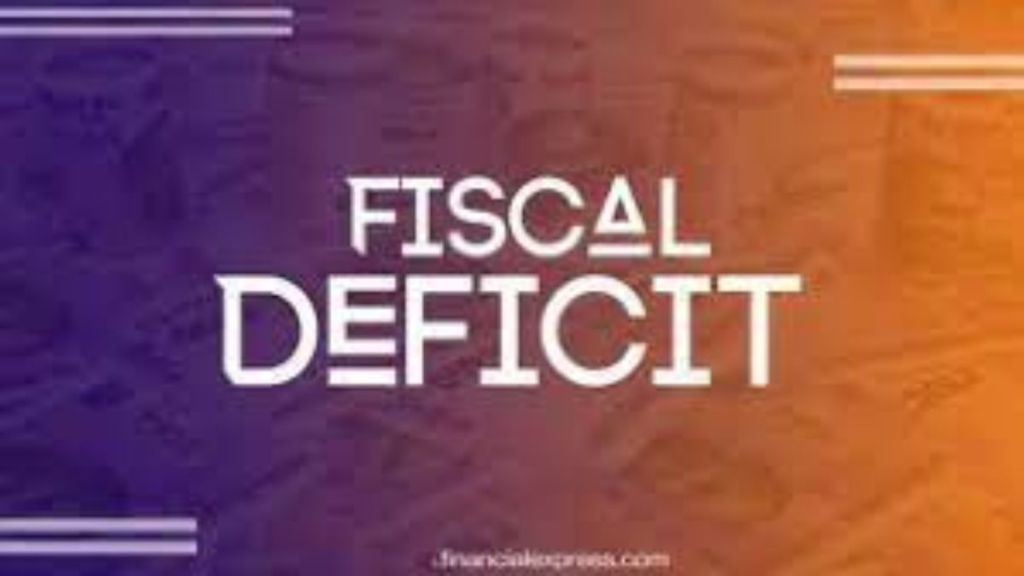The Centre’s fiscal deficit widened considerably to 67.8% of the annual target (revised estimate) in the first ten months of the current financial year, compared with 58.9% in the year-ago period, due to modest growth in net tax receipts and a sharp expansion in capital expenditure.
In January 2023, capital expenditure jumped by 60% on year at Rs 80,000 crore. During the month, revenue expenditure rose by 13% while total expenditure increased by 21%.
In the first ten months of FY23, capex rose by 29% on the year to Rs 5.7 trillion against a required rate of about 23% to achieve Rs 7.28 trillion capex in the whole of the year. Revenue expenditure rose by 10% on the year as against a required rate of 8%.
In April-January FY23, the Centre’s net tax revenues grew by a moderate 9% to Rs 16.88 trillion against the requirement of 15.6% for the whole of FY23 to achieve Rs 20.87 trillion. Non-tax revenues declined by about a 21% on year during the period.
While there may be modest deviations from the revised estimates for direct taxes, disinvestment receipts and certain categories of expenditures, rating agency Icra does not expect the fiscal deficit to materially exceed the revised target of Rs 17.6 trillion for FY23. Based on the second advance estimate of GDP published on Tuesday, the Centre’s fiscal deficit works out to be marginally higher at 6.45% for FY23 compared with 6.43% based on first advance estimate of GDP.
“While fiscal concerns are limited, the apprehensions around further monetary tightening are likely to keep bond yields elevated in the near term. We expect the 10-year G-sec yield to trade between 7.35-7.5% in the next two months,” Icra chief economist Aditi Nayar said.
Total expenditure on subsidies in 10 months of FY23 has been 77% of FY23RE, but in the case of fertiliser it has already reached 92% of FY23RE and if required India Ratings expects that it may get rolled over to FY24.
“Moreover, the government’s cash balances with RBI (Rs 1.75 trillion) will be useful in limiting the borrowing and will help in easing liquidity in the system. Therefore, India Ratings and Research believes, it is unlikely that there will be a risk to the fiscal deficit target of 6.4% of GDP for FY23,” India Ratings Principal Economist Sunil Kumar Sinha said.
Growth in the gross tax revenues rose to a three-month high 13.5% in January 2022, despite the contraction reported by corporation tax, CGST (on account of last year’s adjustment of IGST) and excise duty. Gross tax revenues need to grow by 11% on a YoY basis in Feb-March FY2023 to meet the FY2023 RE, led by direct taxes, which seems somewhat optimistic, Nayar said.
The net tax receipts of the Centre have reached 81% of the FY23 RE in the first 10 months, and while the growth needed in last two months to meet the FY23 RE appears optically high at 55%, it will be supported by the expected contraction in tax devolution in the last two months of this fiscal.
The amount that remains to be devolved to the states in February-March FY23 as per the RE, is around 21% lower than the transfer of Rs 3.5 trillion in February-March FY22, which will boost the net tax revenues in the remainder of this year.


